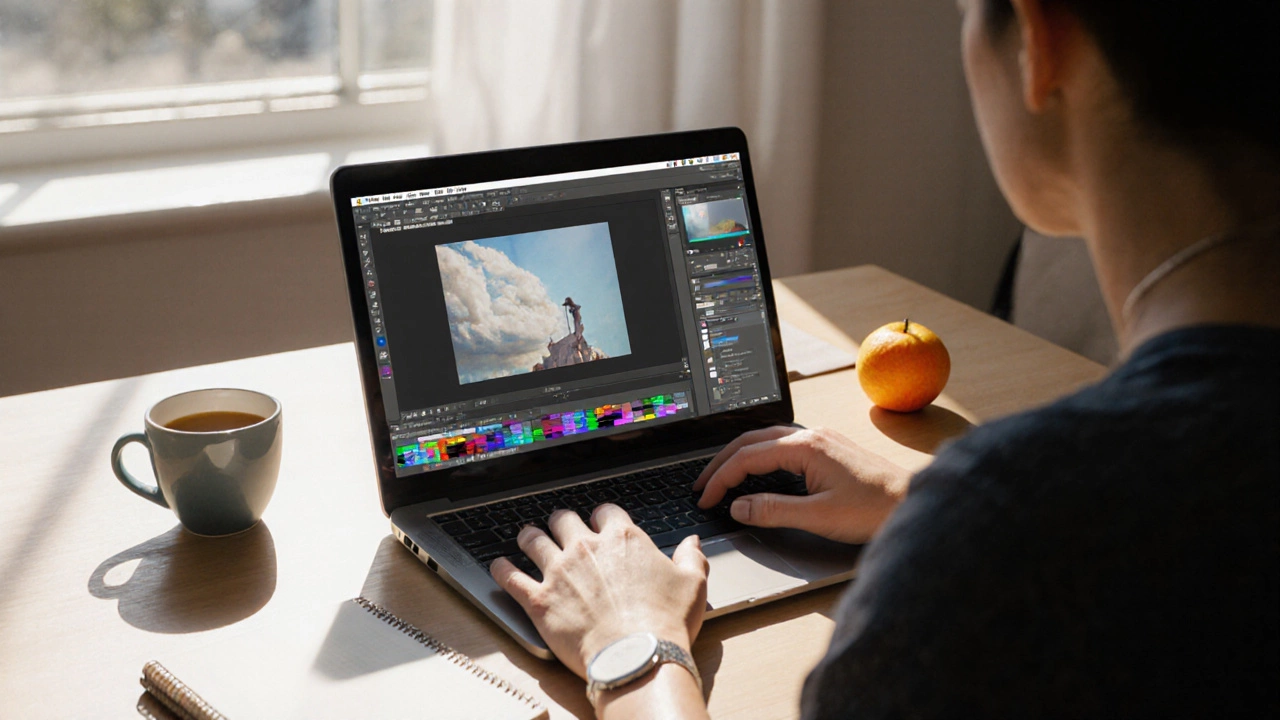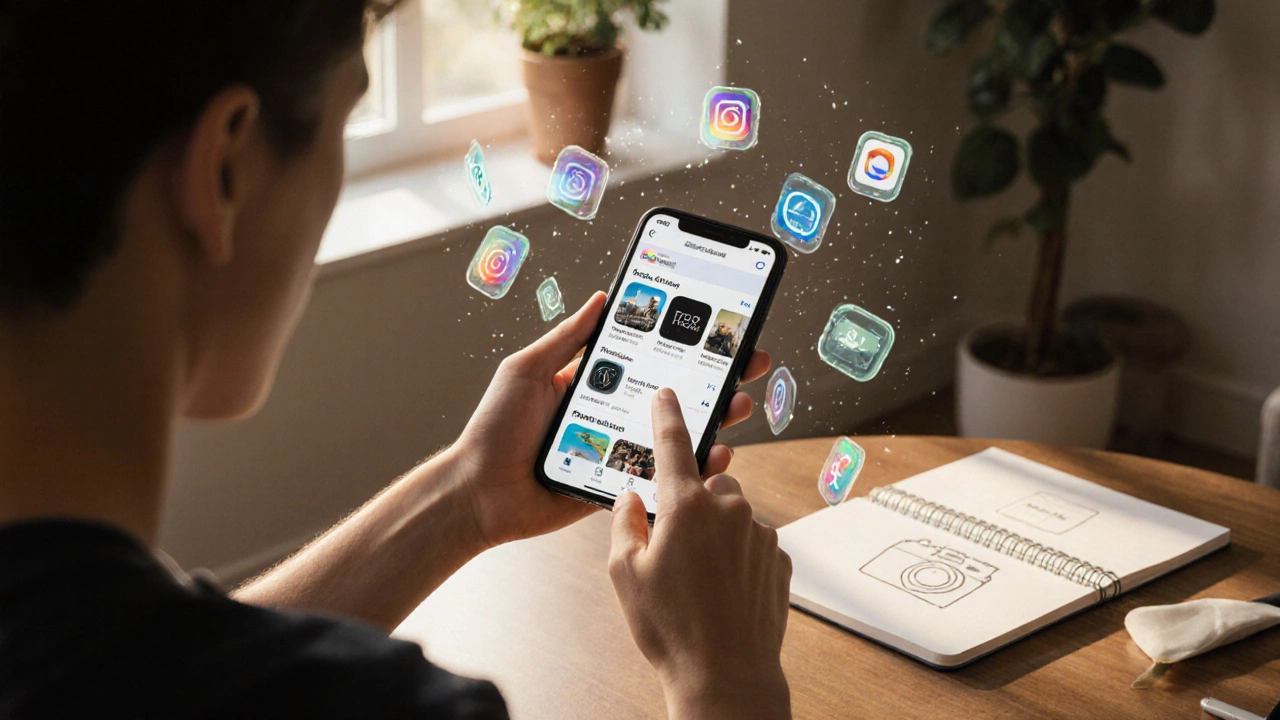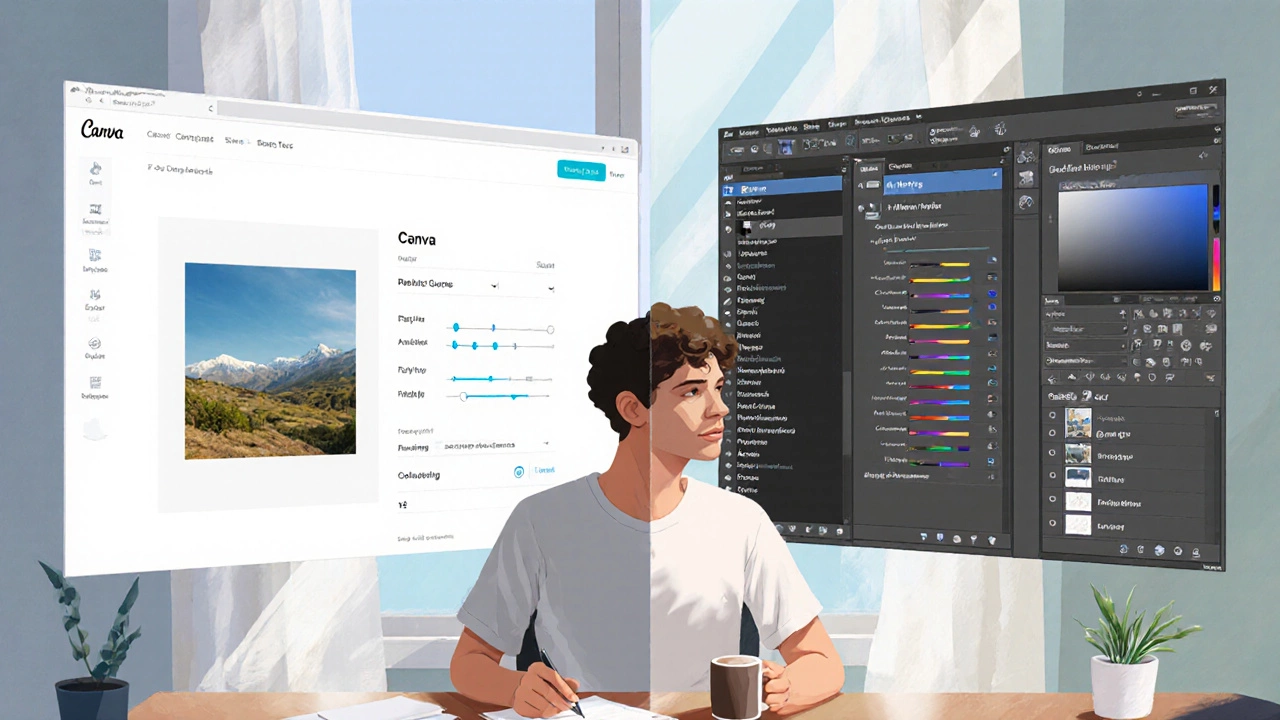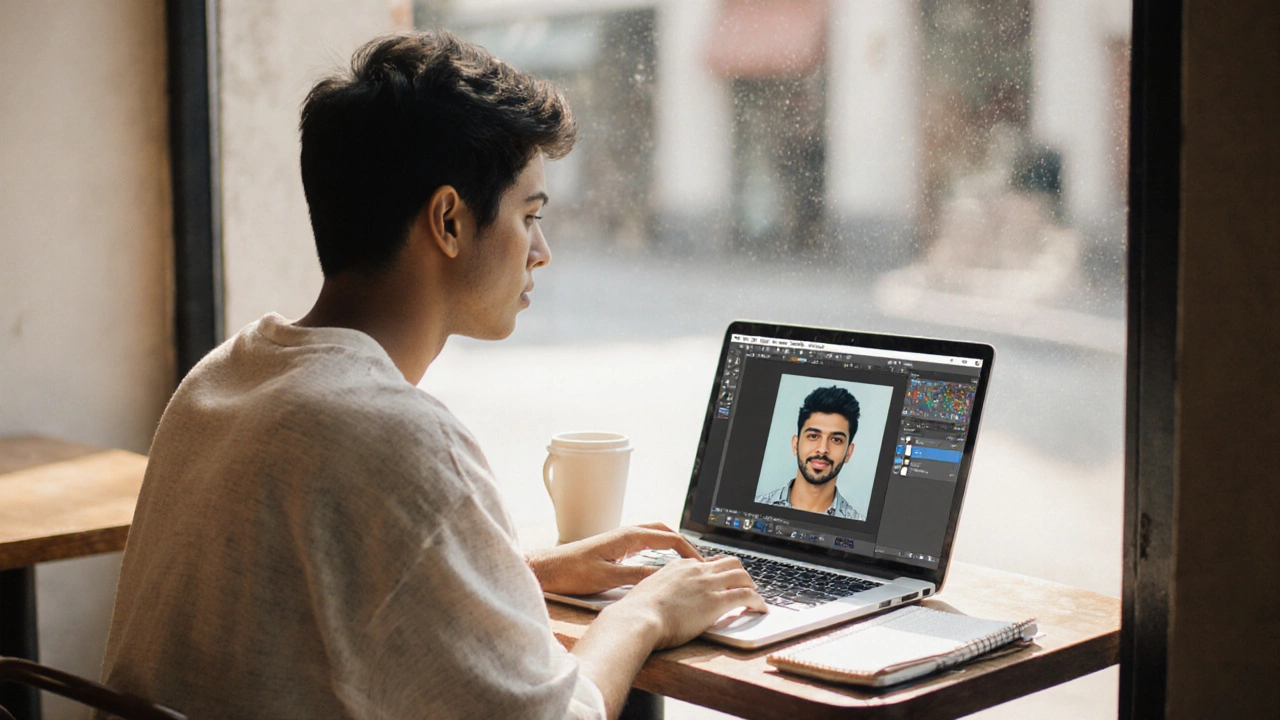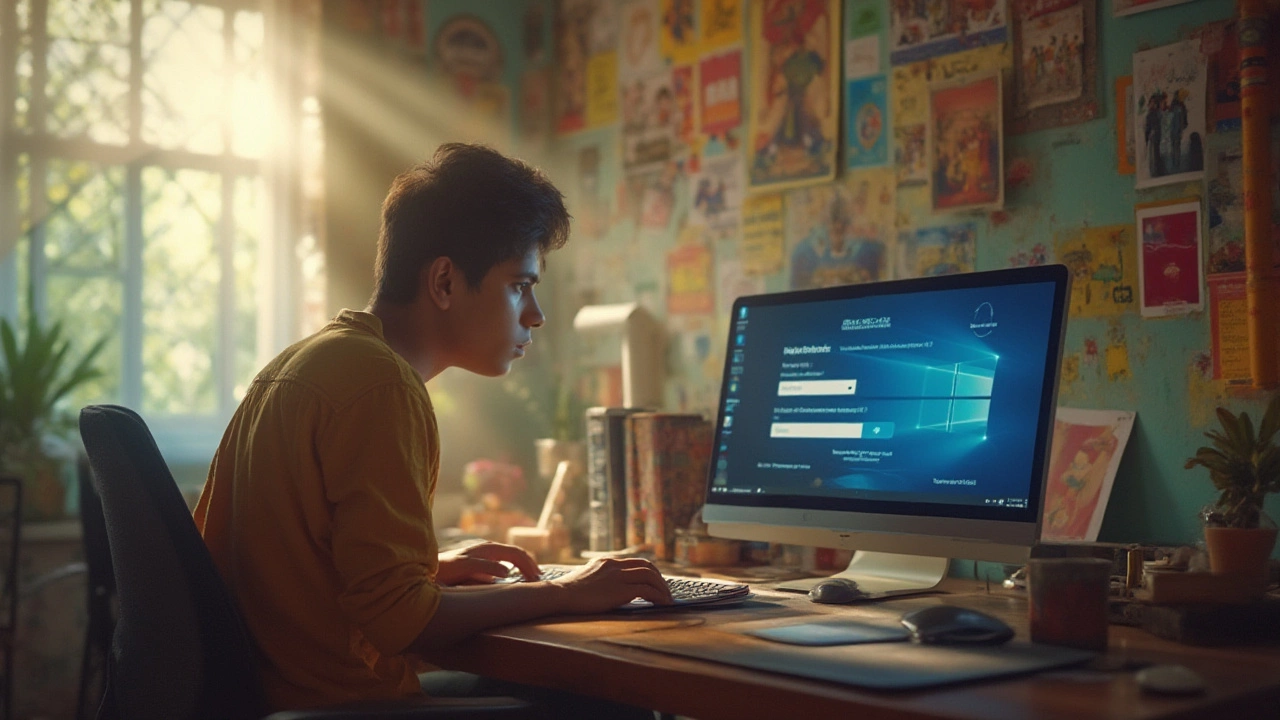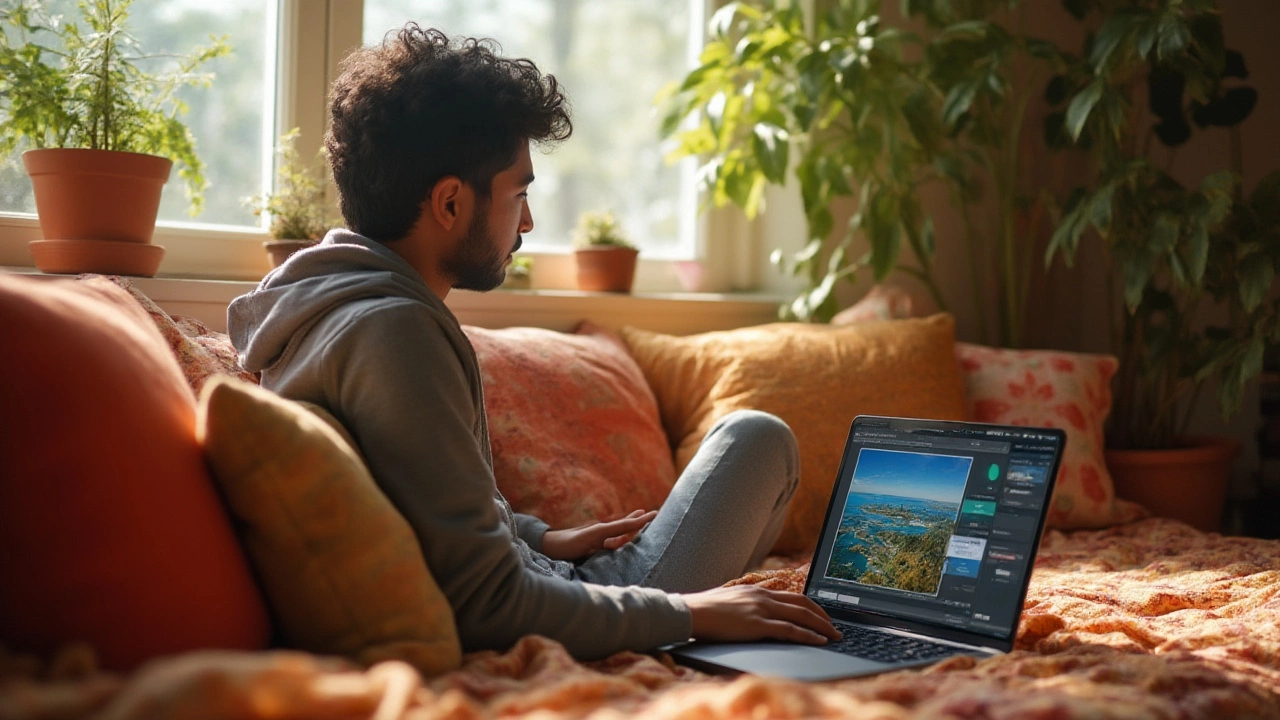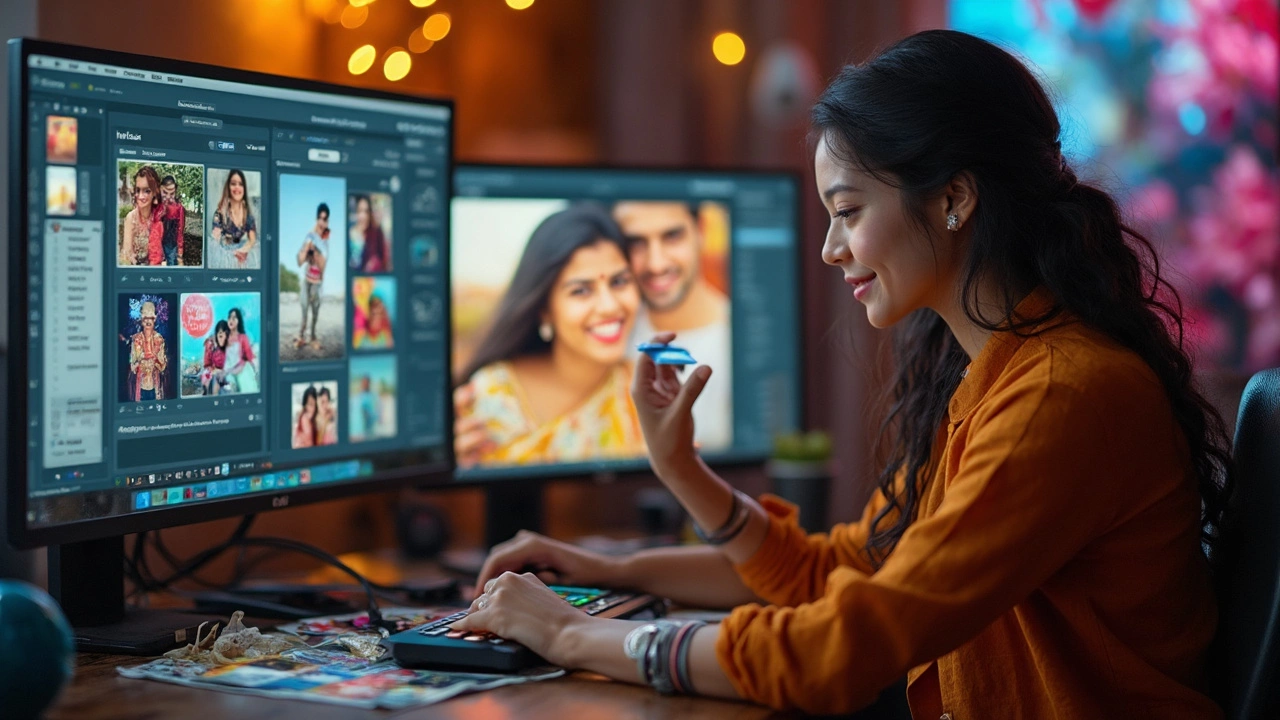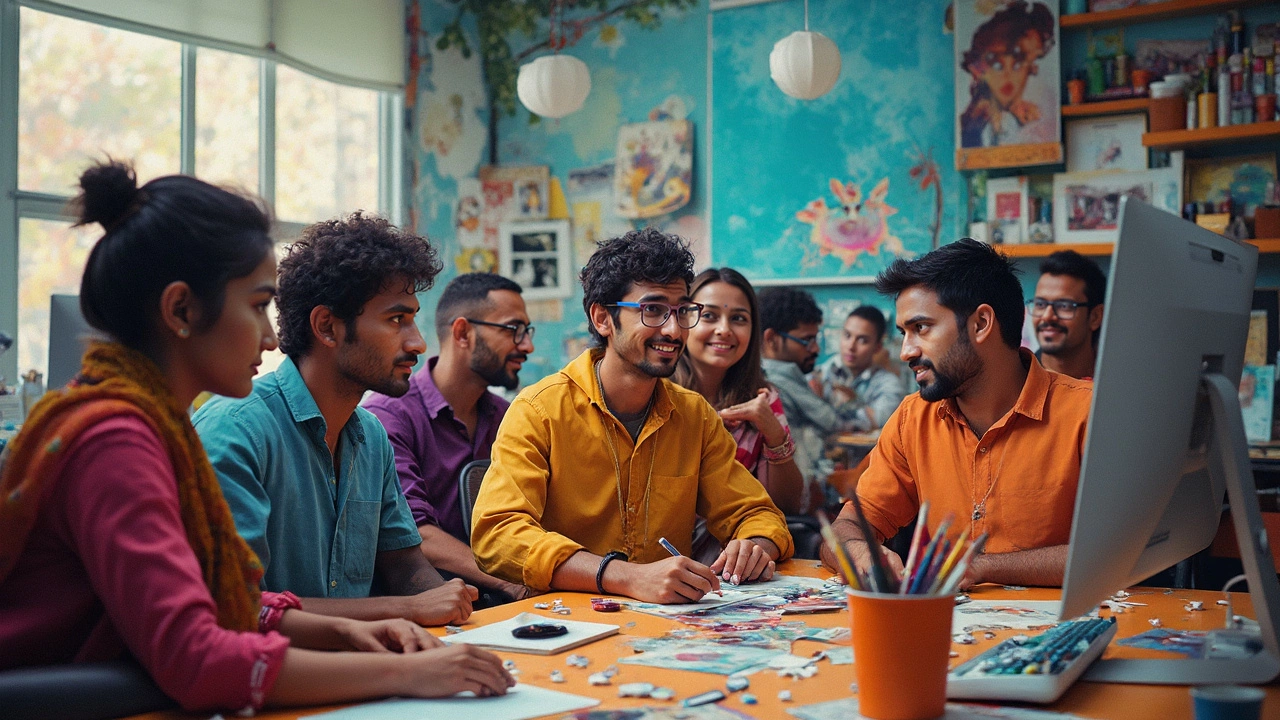Best Photo Editing Apps in 2025 – Free, Easy, Powerful
Looking for a way to make your pictures pop without spending a fortune? You’re in the right place. Below you’ll find straight‑forward advice on the apps that actually deliver, whether you work on a phone, tablet, or computer.
Free Apps That Really Work
Not every free app is a gimmick. Apps like Snapseed, Pixlr, and Adobe Photoshop Express give you essential tools—exposure, cropping, color correction—without watermarks. Snapseed even adds selective edits, so you can brighten just one part of a photo. Pixlr’s layers feature feels like a tiny Photoshop, perfect for compositing objects. If you need a quick background removal, try PhotoRoom; it isolates subjects with a single tap.
Choosing the Right Tool for Your Needs
If you’re just starting, look for an interface that shows icons instead of jargon. Apps such as Canva blend design templates with simple editing, letting you add text or stickers in seconds. For more control, go with Lightroom Mobile; it offers raw support and preset packs while still being easy to learn. Professionals who need fine‑tuned adjustments should test Darkroom or Afterlight 2—both provide curves, masks, and batch processing without a subscription.
Desktop options still matter if you edit large batches. GIMP is a free, open‑source program that mimics Photoshop’s layer system. It can feel heavy at first, but many tutorials walk you through basic tasks like retouching skin or sharpening details. For a lighter web‑based experience, try Fotor or Polarr; they run in any browser and keep your files safe in the cloud.
When you compare features, check three things: how the app handles raw files, whether it supports layers or masks, and if it exports without a watermark. These factors separate a hobby‑level tool from a workflow‑ready solution. Most free versions limit export size or hide premium filters behind a paywall, so read the fine print before you install.
Mobile editing is all about speed. Most apps let you swipe to apply a filter, then fine‑tune with sliders. If you edit on the go, pick an app that syncs with your cloud storage—Google Photos, iCloud, or Dropbox—so you can continue on a laptop later. The sync feature also backs up your original files, preventing accidental loss.
Ads can be annoying, but they’re usually harmless. Some free apps place a small banner at the bottom of the screen; you can usually dismiss it after a few seconds. If the ads interrupt your workflow, consider a one‑time purchase or a low‑cost subscription that removes them. The price difference between a $4.99 ad‑free upgrade and a $9.99 monthly plan is often worth the smoother experience.
Finally, test a couple of apps before you settle. Most platforms let you download and try without signing up for a trial. Create the same edit in two different tools and compare the output. You’ll quickly see which interface feels natural and which produces cleaner results.
With the right app, you can turn a blurry snap into a share‑worthy image in minutes. Pick the tool that matches your skill level, device, and budget, and start editing today.
